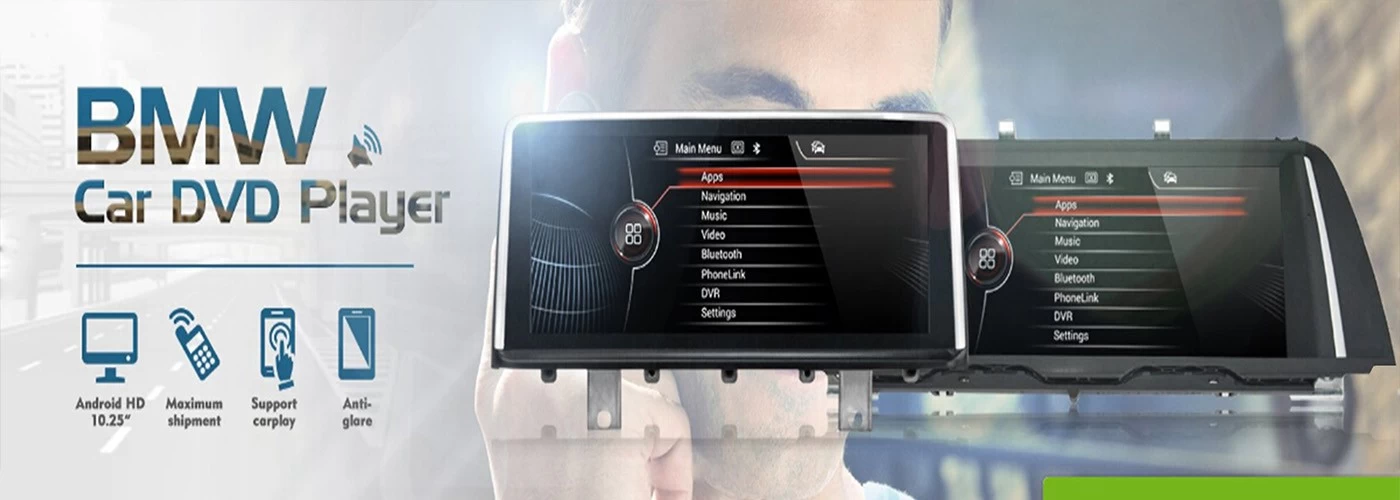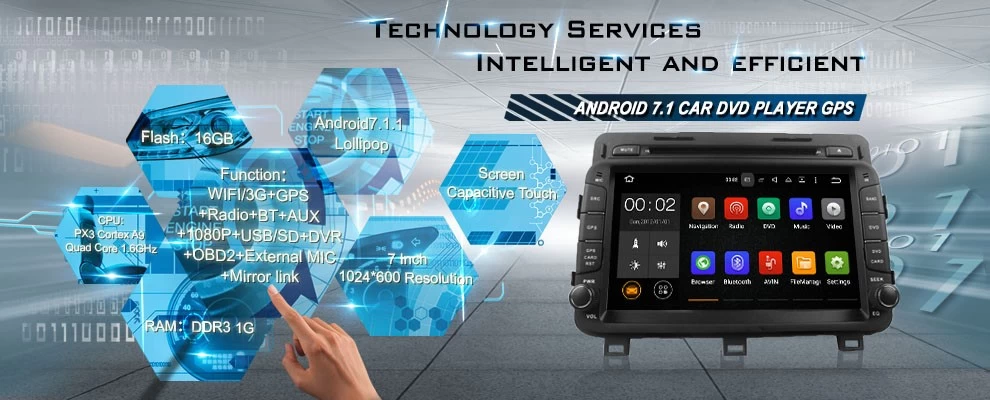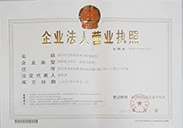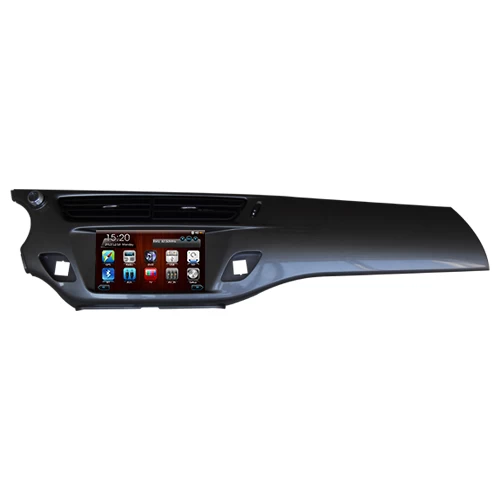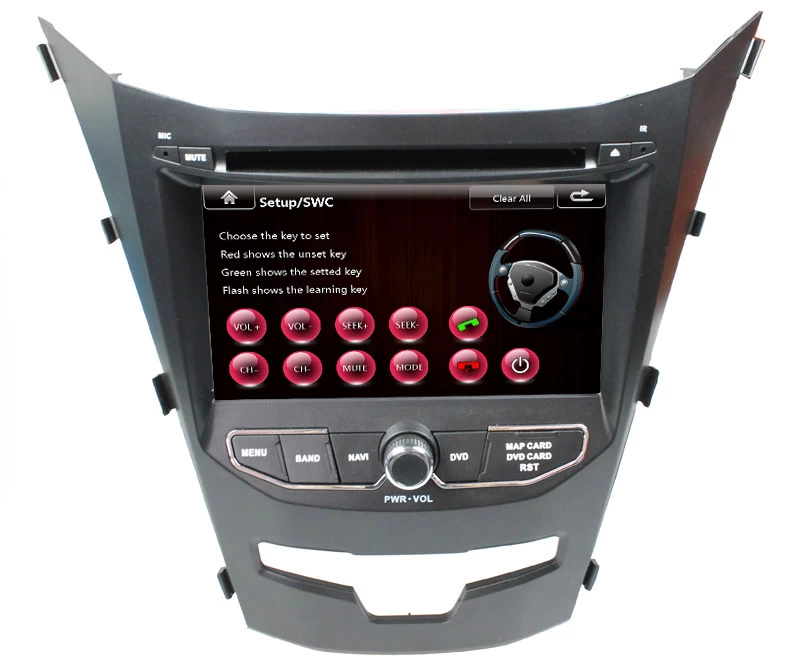Honda to join forces with Japan taxi companies on driverless service
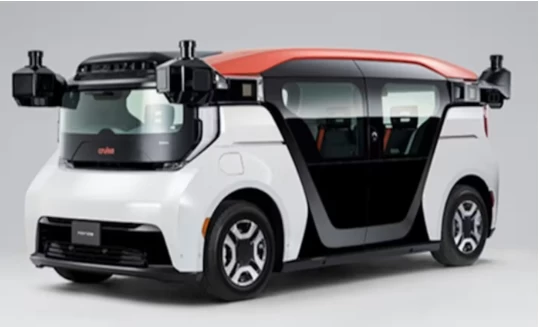
TOKYO -- Honda Motor will team up with taxi companies to roll out self-driving cabs in Japan, supplying vehicles and systems to existing operators in a division of labor that is unusual in the nascent industry.
The automaker looks to start putting driverless taxis on Tokyo roads in 2026 in partnership with Teito Motor Transportation and Kokusai Motorcars. Honda is lobbying the government to make the necessary regulatory changes.
In the U.S. and China, where more progress has been made toward commercializing robotaxis, the companies that develop the vehicles and systems -- such as Alphabet unit Waymo and Baidu -- often also operate the cabs themselves.
Honda's plan splits these roles, with existing taxi operators running the cabs while Honda offers a comprehensive support package that includes ride-hailing apps and such safeguards as remote monitoring.
The taxis will have Level 4 self-driving capabilities, meaning that they will be capable of fully autonomous driving under specified conditions. Japan requires that these vehicles be operated under human supervision.
Operating cabs with only remote monitoring takes complex decision-making and ensuring a high level of safety -- hurdles that taxi operators would have trouble meeting on their own. Honda's support package would lower this barrier to entry while also reducing costs.
Regulatory challenges remain. Japan requires that remote monitoring be handled by designated safety personnel and does not allow outsourcing of work involving driving-related decisions.
Liability is an issue as well. Currently, even if taxi operation could be outsourced, the cab company would still be held responsible for any accidents.
Proposed solutions include having Honda obtain a taxi business permit and having the relevant regulations changed. The Ministry of Land, Infrastructure, Transport and Tourism is considering how to handle the matter.
The plan is for the taxi service to use the Cruise Origin, a specialized autonomous vehicle that completely lacks a driver's seat, developed by Honda jointly with General Motors and its Cruise subsidiary.
The project is slated to start with 500 or so cars to gauge its feasibility. Teito and Kokusai, which will be responsible for inspecting and repairing the vehicles and running dispatch centers, hope that it will boost their profit margins and ease driver shortages.
Honda announced last October plans to launch a driverless ride-hailing service under a joint venture that it would set up with GM and Cruise in 2024, with Honda holding a majority stake.
Japan began allowing Level 4 self-driving autos on public roads in 2023. The country's first transport service using the vehicles, in the town of Eiheiji, was suspended that October after a minor collision with a bicycle.



